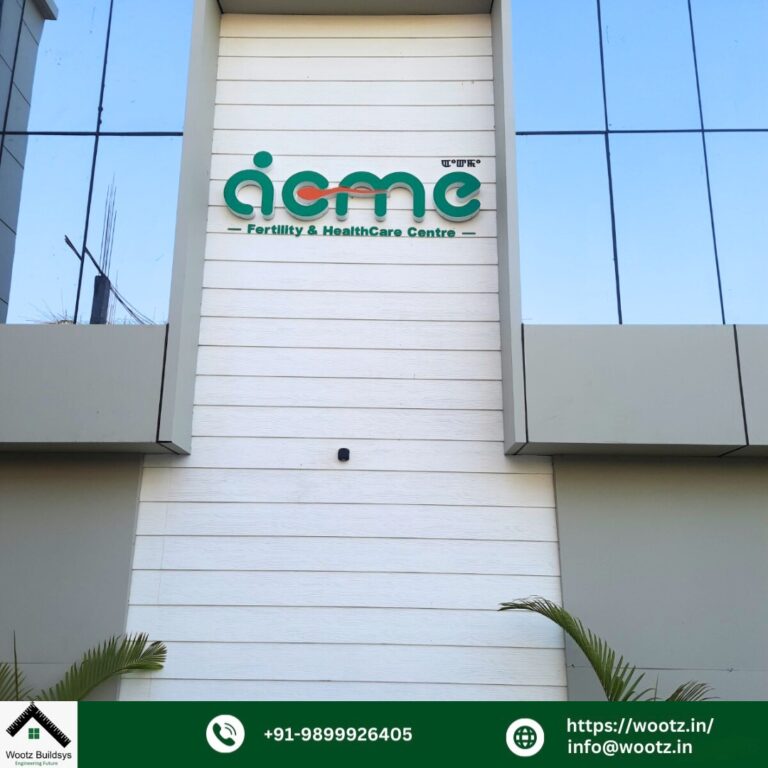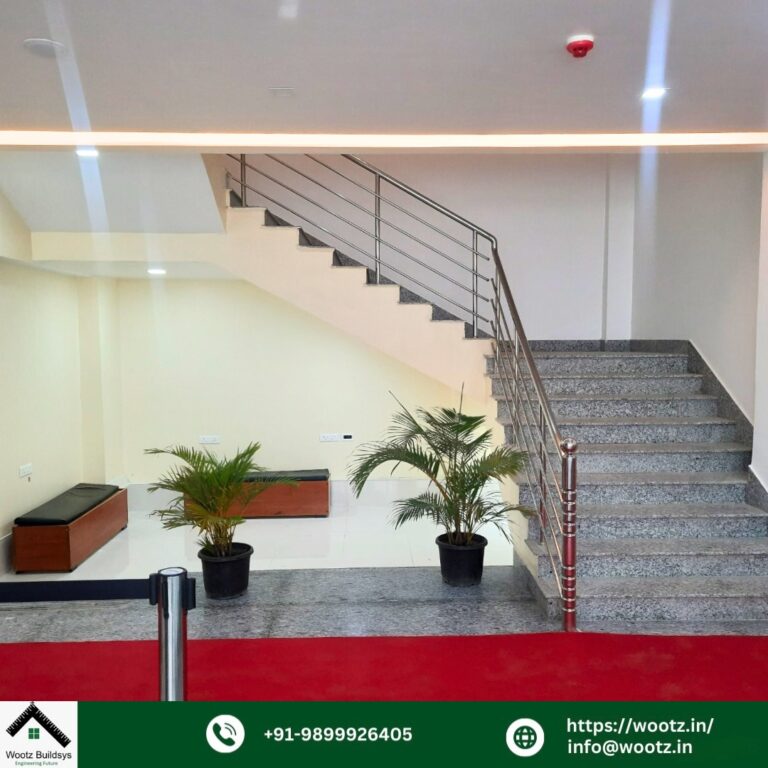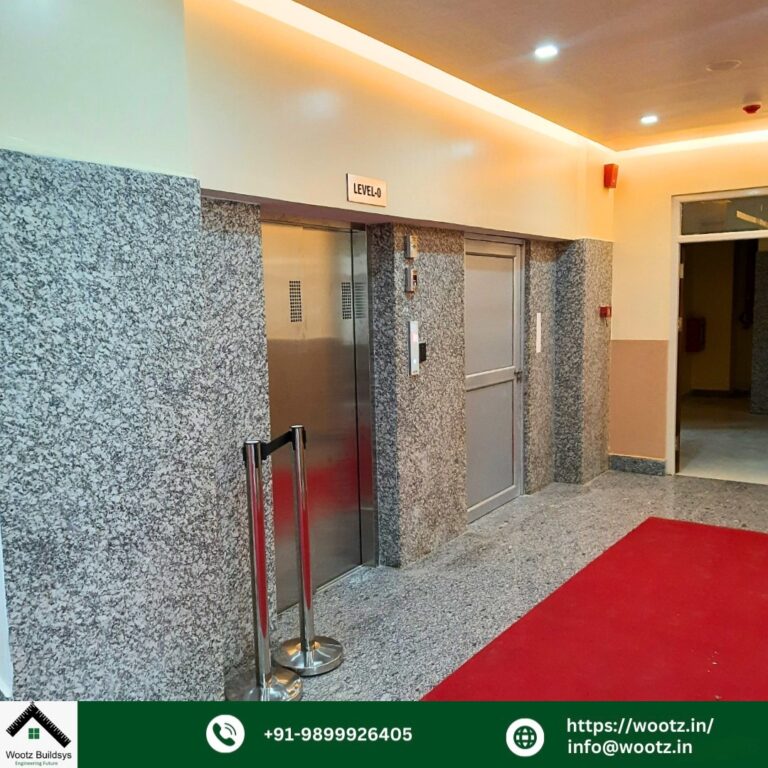
In healthcare architecture, Pre-Engineered Building (PEB) structures have become a game-changer, offering exceptional benefits in efficiency, flexibility, and sustainability. From state-of-the-art medical facilities to cutting-edge research centers, PEB buildings are revolutionizing the way hospitals are designed and constructed. Here, we’ll explore the transformative impact of PEB buildings on healthcare architecture and understand how they are advancing the delivery of patient care and medical innovation.
PEB Buildings for Hospitals:
1. Efficiency in Construction:
PEB buildings for hospitals are engineered for efficiency from the ground up. Leveraging advanced technology and precision manufacturing techniques, these structures are fabricated off-site and assembled on-site with remarkable speed and accuracy. The streamlined construction process of PEB buildings minimizes disruptions to hospital operations and allows for faster project completion, ensuring that healthcare facilities can be up and running in record time.

2. Flexibility and Adaptability:
One of the key advantages of PEB buildings for hospitals is their flexibility and adaptability. These structures can be customized to meet the unique needs and requirements of healthcare providers, accommodating a wide range of medical services and functions. Whether it’s a hospital expansion, renovation, or new construction project, PEB buildings offer versatile spaces that can be tailored to support evolving healthcare needs and technological advancements.
3. Enhanced Patient Care:
PEB buildings play a crucial role in enhancing patient care by providing functional, well-designed spaces that prioritize comfort, safety, and efficiency. From patient wards and operating theaters to diagnostic imaging centers and rehabilitation facilities, PEB buildings are designed to optimize workflow and improve the patient experience. The efficient layout and strategic placement of medical equipment and amenities ensure seamless care delivery and patient outcomes.

4. Sustainability and Environmental Responsibility:
In an era of increasing environmental awareness, PEB buildings for hospitals stand out for their sustainability and eco-friendliness. Constructed using high-quality steel components, these structures are inherently durable and resistant to corrosion, ensuring longevity and minimal maintenance requirements. Additionally, PEB construction minimizes material waste and reduces the carbon footprint associated with building projects, promoting environmental conservation and resource efficiency.
5. Innovative Design and Technology Integration:
PEB buildings are at the forefront of healthcare architecture, incorporating innovative design principles and technology integration to support medical innovation and research. From advanced HVAC systems and energy-efficient lighting solutions to smart building automation and telemedicine capabilities, PEB buildings are equipped with state-of-the-art amenities and infrastructure that enhance clinical outcomes and research capabilities.

Conclusion:
PEB buildings are transforming the landscape of healthcare architecture, offering efficient, flexible, and sustainable solutions for hospitals and medical facilities. From streamlined construction processes and enhanced patient care to innovative design and technology integration, PEB buildings are advancing healthcare architecture and shaping the future of patient-centered care. As the healthcare industry continues to evolve, PEB buildings will play a vital role in supporting the delivery of high-quality, accessible healthcare services to communities around the world.
Frequently Asked Questions (FAQs)
Q. What are Pre-Engineered Building (PEB) structures, and why are they beneficial for hospitals?
PEB structures are prefabricated steel buildings designed and manufactured off-site before assembly on-site. They offer benefits in efficiency, flexibility, and sustainability, making them ideal for hospitals seeking streamlined construction processes and adaptable spaces to meet evolving healthcare needs.
Q. How do PEB buildings contribute to the efficiency of hospital construction projects?
PEB buildings are engineered for efficiency, with off-site fabrication and rapid assembly techniques reducing construction timelines. This results in minimal disruptions to hospital operations and faster project completion, allowing healthcare facilities to serve their communities sooner.
Q. What factors should hospitals consider when choosing PEB buildings for construction or renovation projects?
Hospitals should consider factors such as project requirements, budget constraints, timeline considerations, and the expertise of PEB building suppliers when choosing PEB buildings for construction or renovation projects. It’s essential to collaborate with experienced professionals to ensure the successful implementation of PEB solutions tailored to healthcare needs.


